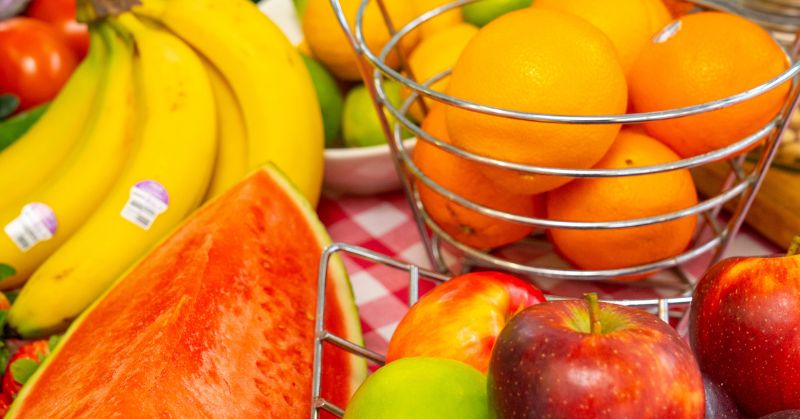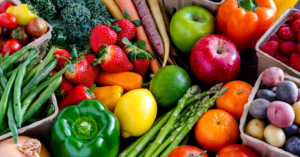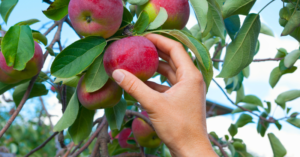Eating at least two serves of fruit daily has been linked with 36 per cent lower odds of developing type 2 diabetes, a new Edith Cowan University (ECU) study has found.
The study, published in the Journal of Clinical Endocrinology and Metabolism, revealed that people who ate at least two serves of fruit per day had higher measures of insulin sensitivity than those who ate less than half a serve.
Type 2 diabetes is a growing public health concern with an estimated 451 million people worldwide living with the condition. A further 374 million people are at increased risk of developing type 2 diabetes.
The study’s lead author, Dr Nicola Bondonno from ECU’s Nutrition & Health Innovation Research Institute, said the findings offer fresh evidence for the health benefits of fruit.
“We found an association between fruit intake and markers of insulin sensitivity, suggesting that people who consumed more fruit had to produce less insulin to lower their blood glucose levels,” said Dr Bondonno.
“This is important because high levels of circulating insulin (hyperinsulinemia) can damage blood vessels and are related not only to diabetes, but also to high blood pressure, obesity, and heart disease.
“A healthy diet and lifestyle, which includes the consumption of whole fruits, is a great strategy to lower your risk of developing type 2 diabetes.”
“We found an association between fruit intake and markers of insulin sensitivity, suggesting that people who consumed more fruit had to produce less insulin to lower their blood glucose levels,”
Lead researcher, Dr Nicola Bondonno
Fresh is best
The study examined data from 7,675 Australians participating in the Baker Heart and Diabetes Institute’s AusDiab Study and assessed fruit and fruit juice intake and the prevalence of diabetes after five years.
Dr Bondonno said they did not observe the same beneficial relationship for fruit juice.
“Higher insulin sensitivity and a lower risk of diabetes was only observed for people who consumed whole fruit, not fruit juice,” she said.
“This is likely because juice tends to be much higher in sugar and lower in fibre.”

Dr Bondonno said that it’s still unclear exactly how fruit contributes to insulin sensitivity, but it is likely to be multifaceted.
“As well as being high in vitamins and minerals, fruits are a great source of phytochemicals which may increase insulin sensitivity, and fibre which helps regulate the release of sugar into the blood and also helps people feel fuller for longer,” she said.
“Furthermore, most fruits typically have a low glycaemic index, which means the fruit’s sugar is digested and absorbed into the body more slowly.”
The study builds on Dr Bondonno’s research into the health benefits of fruit and vegetables, particularly those that contain a key nutrient known as flavonoids. The research is part of ECU’s Nutrition & Health Innovation Research Institute.
‘Associations between fruit intake and risk of diabetes in the AusDiab cohort’ was published in the Journal of Clinical Endocrinology and Metabolism.
Credit: ECU Newsroom







